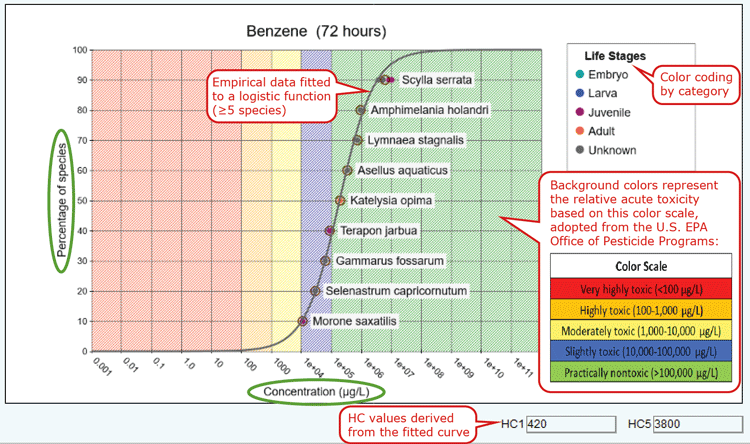CAFE Database: Use in Inland Oil Spill Response
AUG. 1, 2022 – For the past few years, the U.S. Department of the Interior has offered the webinar series “Inland Oil Spill for DOI Response” to share pertinent lectures and topics of interest to the DOI spill response community.

At the session on July 27, 2022, Valerie Chu, U.S. Fish and Wildlife Service Biologist and former OR&R scientist, provided an introduction to the Chemical Aquatic Fate and Effects (CAFE) database created by OR&R’s Emergency Response Division. The CAFE database is a tool that facilitates assessments of accidental chemical and oil releases into aquatic environments.
In the presentation, Valerie compared inland spills with coastal spills, reviewed the basics of CAFE, and introduced CAFE’s Species Sensitivity Distributions, as well as Interspecies Correlation Estimate models, which address gaps in data. She reviewed four case studies with different pollutants in inland spills, described some of the future updates that are being considered for CAFE, and provided a short demo of CAFE for the participants.
Attendance included more than 100 participants from federal, state, tribal, and local government agencies around the country. Valerie’s lecture was recorded and will be posted with the other lectures in the webinar gallery in the coming weeks.
For further information, please contact the CAFE Program Manager, Nicolle.R.Rutherford@noaa.gov.
